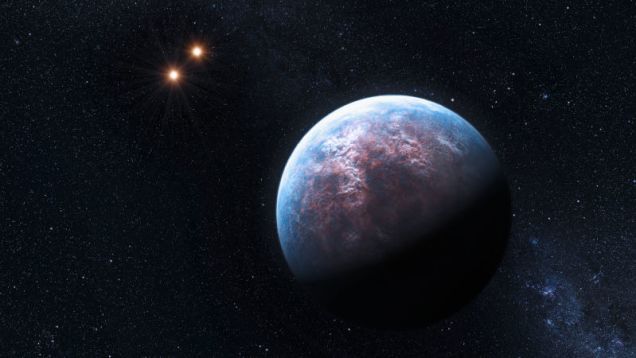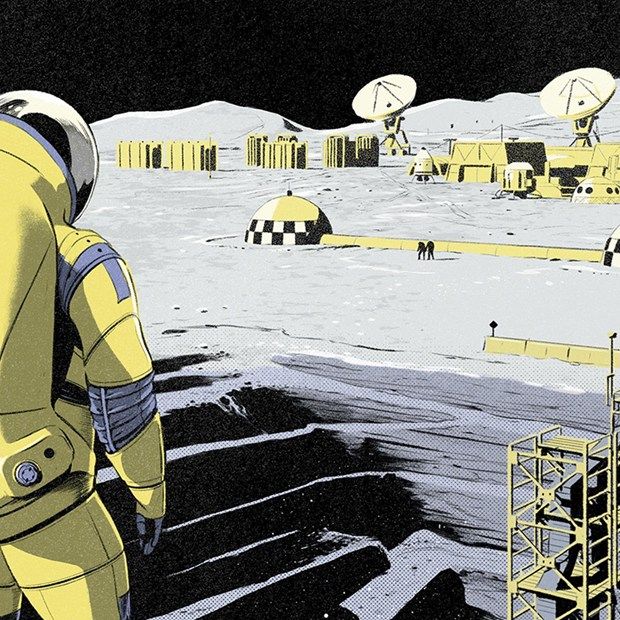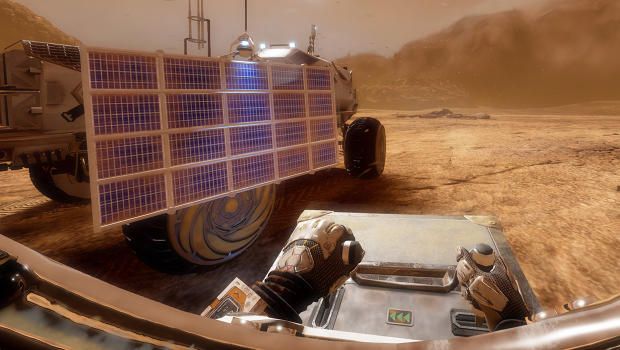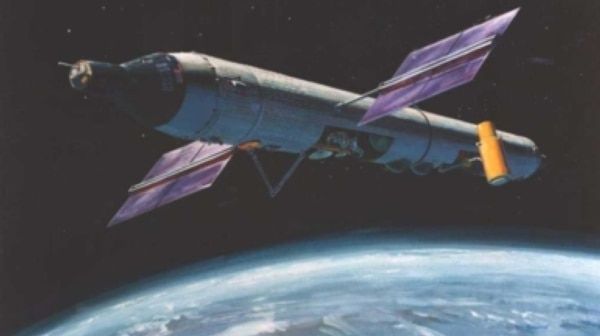In 1975, the USSR actually fired a cannon from an orbiting space station. Forty years later, we finally got a good look at this gun.


In 1975, the USSR actually fired a cannon from an orbiting space station. Forty years later, we finally got a good look at this gun.

The future of space colonization and industrialization can now be visualized.
Planetary Resources, in collaboration with our partner 3D Systems, have developed the first ever direct metal print from asteroid metals. At the Consumer Electronics Show (CES) today in Las Vegas, NV., we unveiled the geometric object on the Engadget stage.


Now this is something you don’t hear every day.
Or week.
Or year.
Or…
Astronomers using data from the Atacama Large Millimeter/submillimeter Array (ALMA) have found a distant object in the direction of Alpha Centauri. The object appears to be in the outer region of our solar system, and depending on its distance could be a hypothesized ” super-Earth.”
ALMA is capable of precise observations at short microwave wavelengths, typically emitted by cold gas and dust. But objects on the edge of our solar system also emit light in this range, and would be too cool and distant to be observed by infrared telescopes. In 2014, ALMA found a faint object in the direction of Alpha Centauri A and B. The object was again observed in May of this year, this time more clearly the object is most likely part of the solar system, in prograde motion, albeit at a distance too far to be detectable at other wavelengths,.

If you thought the Kepler spacecraft’s glory days were over, think again. Today at the 227th meeting of the American Astronomical Society, astronomers announced a whopping 234 new exoplanet candidates discovered by Kepler in 2014. The best part? All of them are just tens of light years away.
The deluge of planetary candidates are distributed among 208 star systems, which means we have the honor of welcoming many new multi-planet systems to our cosmic neighborhood. While these candidates aren’t confirmed yet, there’s a good chance most of them will be, according to Andrew Vanderburg of the Harvard Center for Astrophysics, who presented the findings today. All 234 were found during the first year of the K2 mission, which is scanning stars across the plane of our solar system, moving from one field of view to the next.
Add these K2 planets to the 4,600+ candidate worlds (1,918 confirmed planets) discovered during Kepler’s original mission, and it’s fair to say this little telescope has become one hell of a planet hunter.


Much more than marketing, the experience lets users feel what it’s like to survive on Mars, just like Mark Watney. Yes, there are potatoes.
LIVE Video From The International Space Station (ISS), NASA : Earth From Space
MY LATEST UPLOAD: Spectacular Saturn — Images from the Cassini-Huygens Spacecraft.
Thanks for viewing — Please check out my other Youtube videos : https://www.youtube.com/user/ouramazingspace/videos
Edited footage from the ISS — Earth from space — Continuous stream of amazing images of Earth as seen from the International Space Station. New footage added daily, over 24 hours of unique content and growing.

Some people take the new year as an opportunity to contemplate their goals; Alan Lightman, writing in the January issue of Harper’s magazine, takes the opportunity to contemplate the creation of the universe.
It’s a topic too vast and unimaginable for most of us to wrap our brains around, but Lightman brings his considerable skills as both physicist (he teaches at MIT) and novelist (“Einstein’s Dreams”) to introduce us to a “small platoon of physicists” who focus on figuring out such things as what happened at the very first moment of the big bang, whether time or anything else existed before it, and exactly how we distinguish the future from the past.
And they expect, sometime in the next 50 years or so, to have some real answers.
